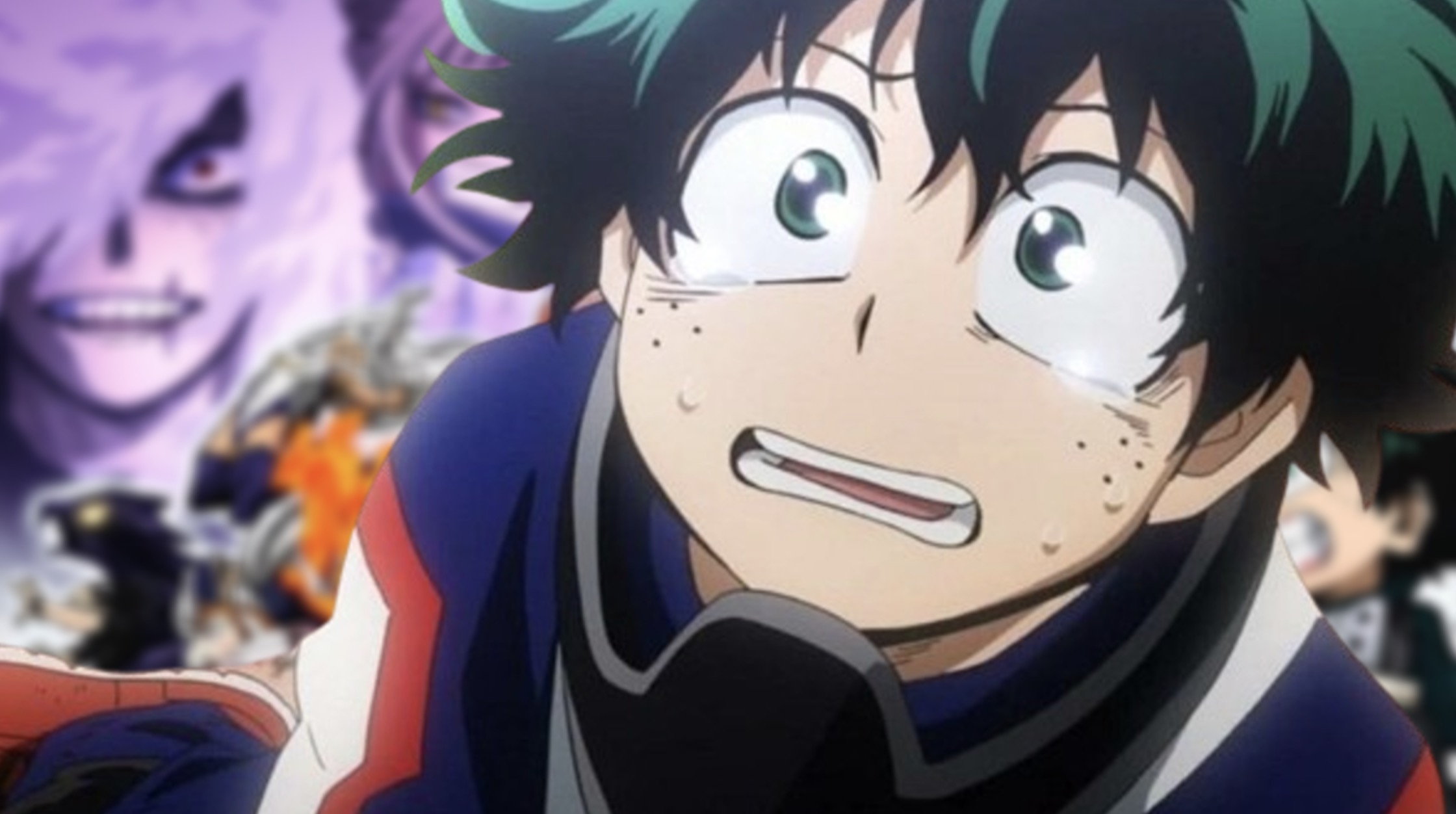My Hero Academia, known as “Boku no Hero Academia” in Japanese, is heading into its 7th anime season in 2024. Since its start in July 2014, the manga has reached over 400 chapters and is now in its final storyline as of chapter 343 from February 2022. This means the series is almost a decade old.
During its run, My Hero Academia has grown into a huge media franchise. It has released three full-length animated movies and nine OVAs.
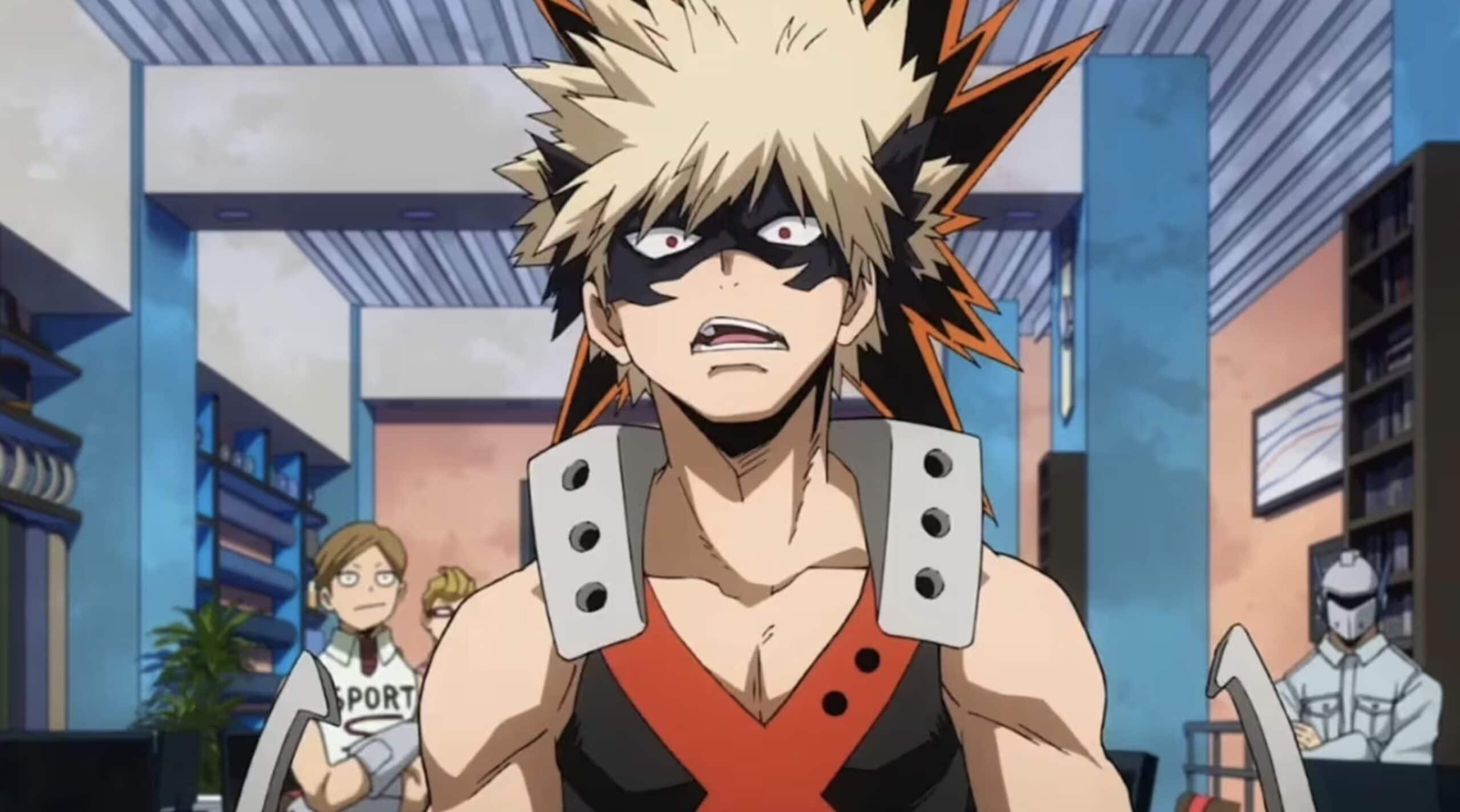
The series has also spawned several video games, guest appearances in popular games like Fortnite, spin-off manga stories, and even stage plays.
The manga’s popularity is evident from its impressive sales figures. Over 85 million copies have been sold, making it the 25th best-selling manga of all time, surpassing the sales of well-known series like “Fullmetal Alchemist” and “Berserk.”
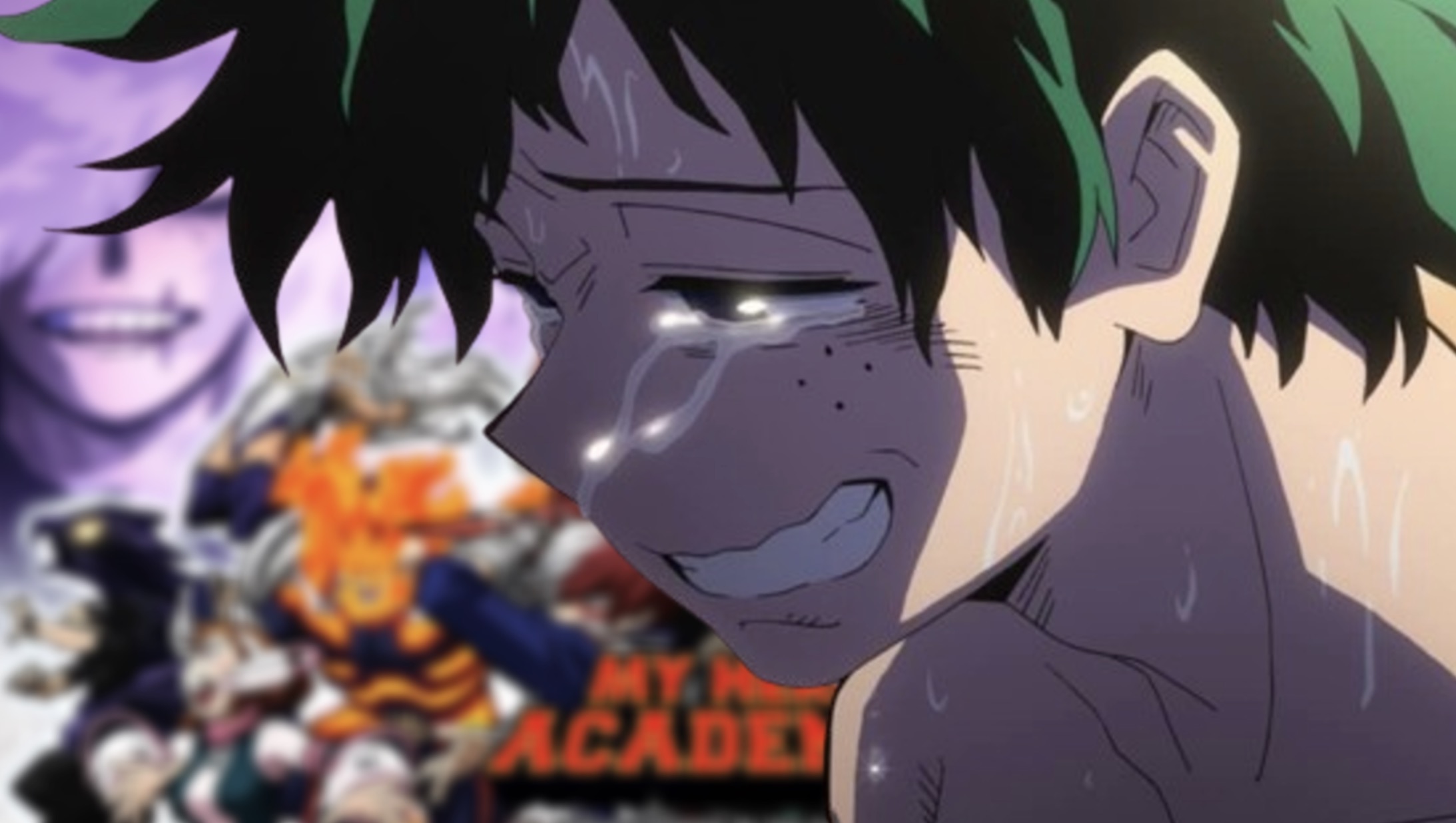
However, like with any long-running story, the excitement and interest around My Hero Academia have fluctuated over the years.
While it hasn’t faced the same level of divisiveness as “Attack on Titan,” nor has it received the near-universal acclaim of “Fullmetal Alchemist: Brotherhood,” it’s clear that something has caused the popularity of My Hero Academia to decline in recent times.
The Rise of My Hero Academia In The Shonen Genre
2014 was an era of significant transformation for various media, including anime and manga.
Streaming platforms like Amazon Prime were beginning to challenge Netflix and Hulu, while long-running games like Destiny were launching.
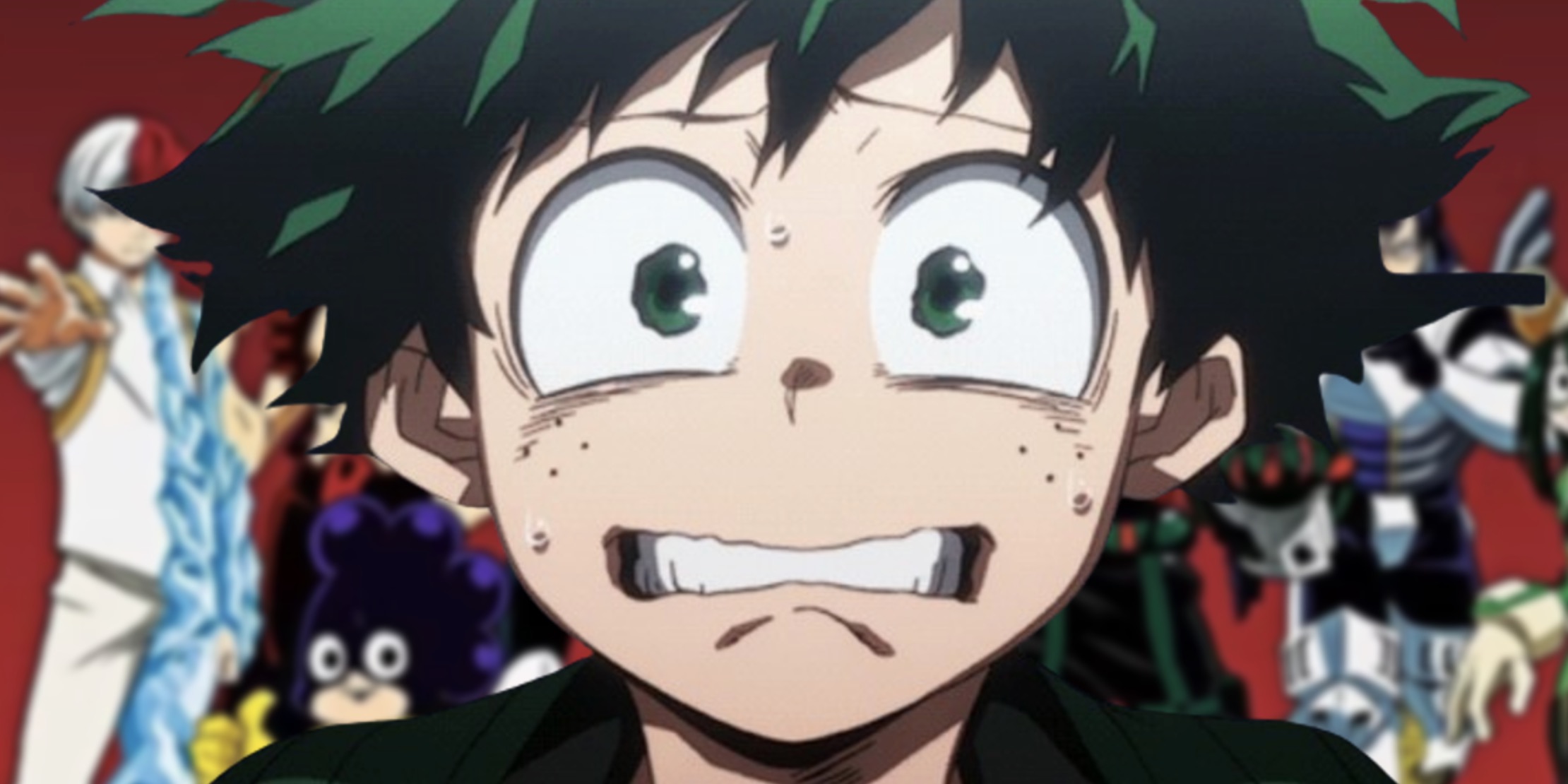
Simultaneously, several anime series, such as “Kill la Kill,” and decade-long manga like “Naruto” were concluding their stories.
In July 2014, the My Hero Academia manga debuted and quickly gained recognition. It received numerous recommendations and praise from esteemed mangakas like Eiichiro Oda, the creator of “One Piece,” and Masashi Kishimoto, the mind behind “Naruto.”
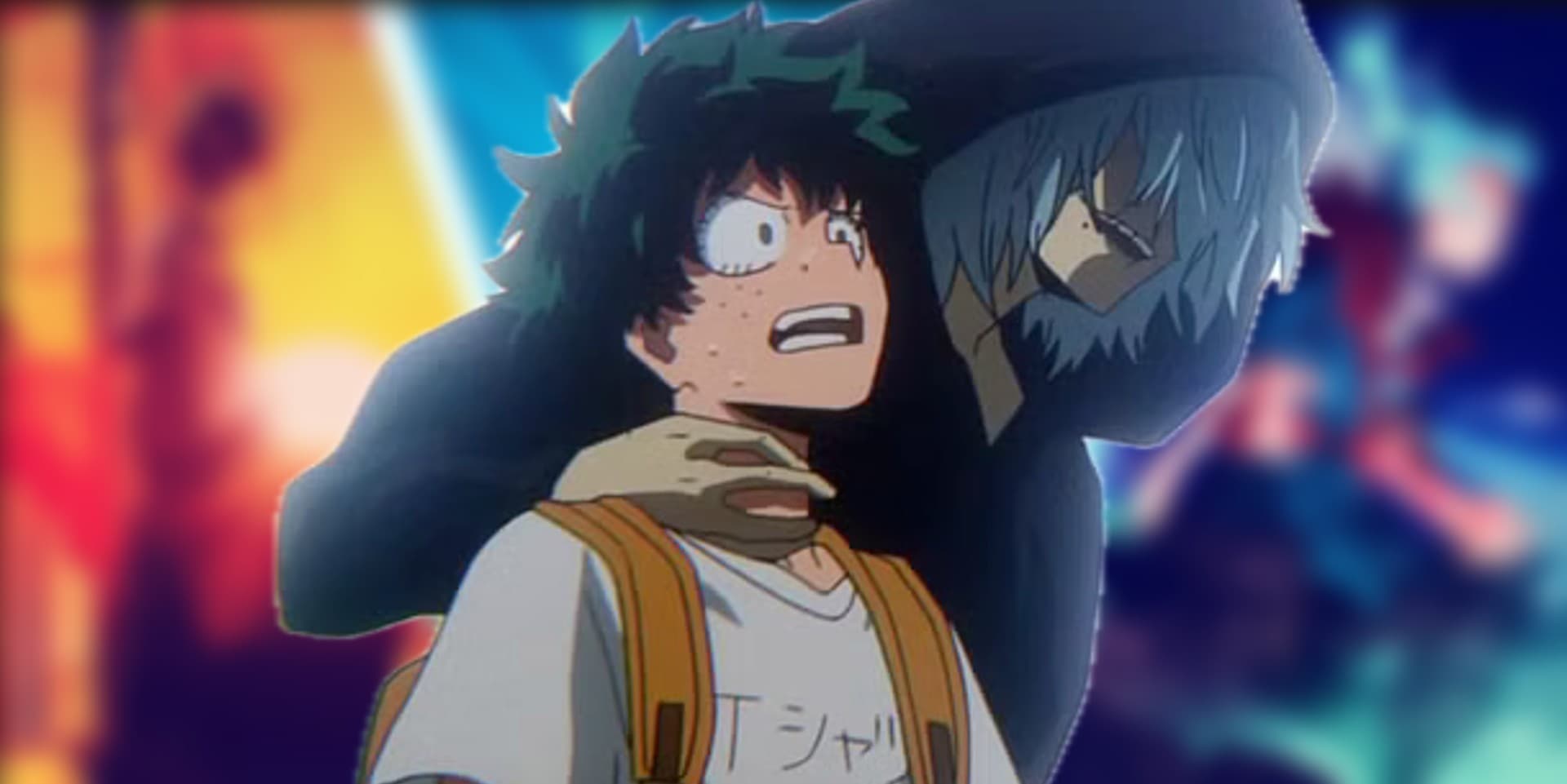
The first volume’s initial print run sold out almost immediately, indicating its immense popularity right from the start.
The manga garnered critical acclaim for its dynamic storytelling, expressive protagonists, and the refreshing sense of hope it conveyed in every chapter.
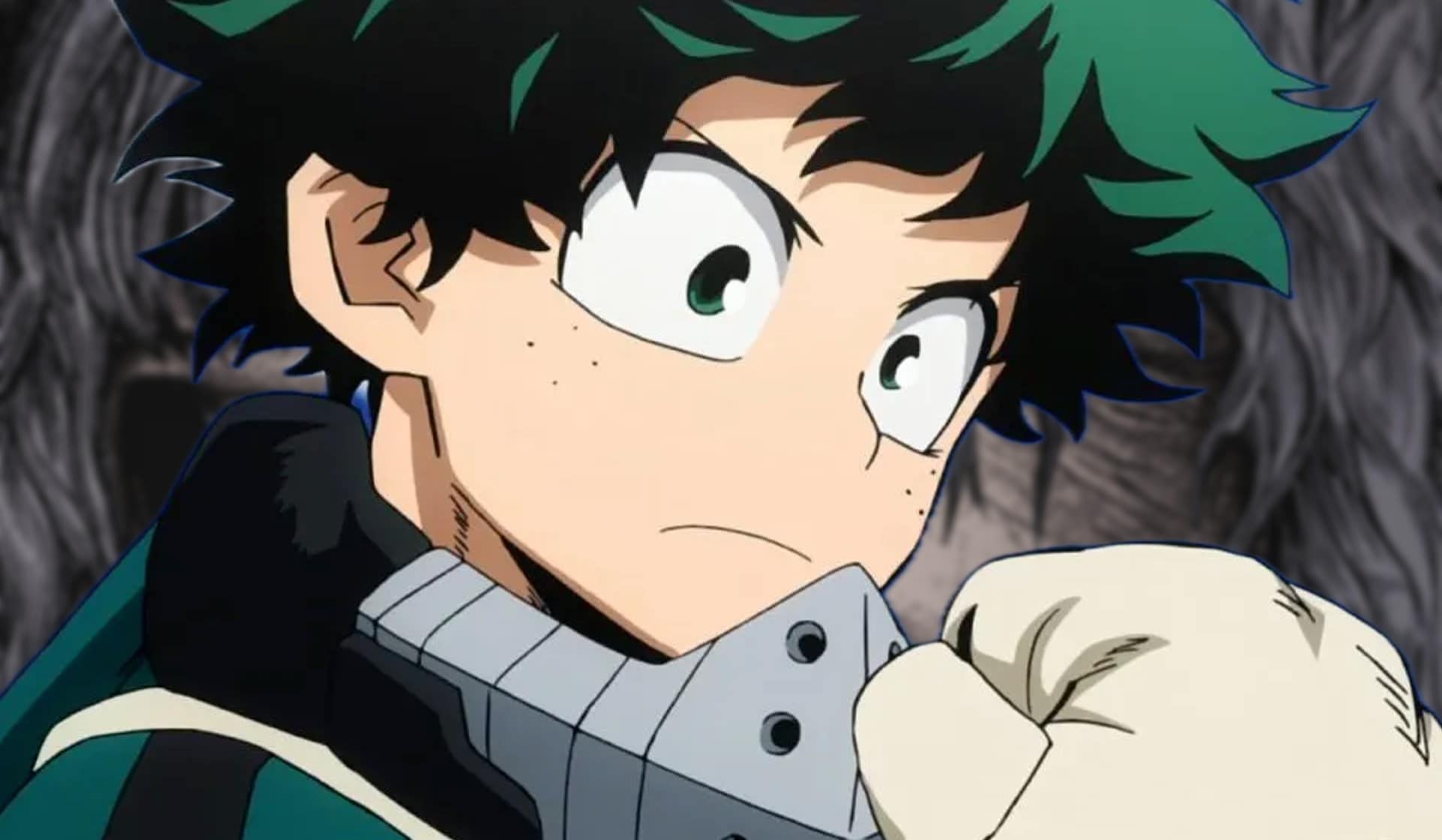
In a manga landscape where series like “Attack on Titan,” “Berserk,” and others attempted to emulate the dark and gritty tone of “Puella Magi Madoka Magica,” “My Hero Academia” offered a breath of fresh air with its optimistic and uplifting narrative.
Furthermore, many readers found that the manga handled tonal shifts better than the anime adaptation. As the series progressed, the manga delved into darker themes, increased violence, and adopted a grittier, more grungy aesthetic.

However, it managed to maintain an underlying sense of optimism even during its darkest moments, which contributed to its enduring appeal.
The Evolution of My Hero Academia Fandom, From Anime Adaptation to Enduring Community
As is common with anime that accumulate a substantial following over time, My Hero Academia amassed a massive fanbase upon the release of its animated adaptation.
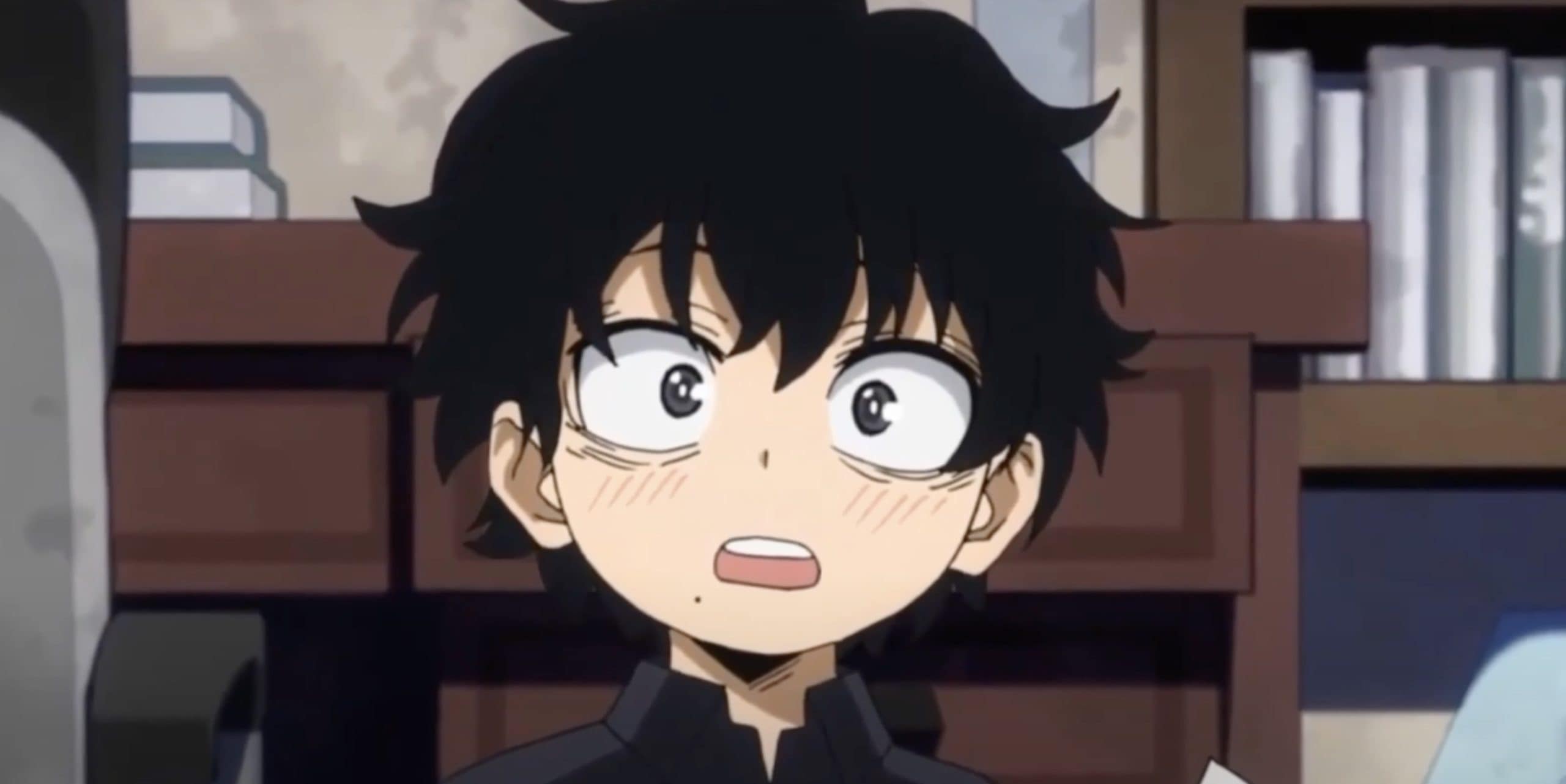
Cosplays, fan art, and anime music videos (AMVs) flooded conventions and the internet, mirroring the fervent creative expressions seen in the fanbases of other iconic series like “Naruto.”
To this day, millions of people remain captivated by the world of My Hero Academia. The series maintains a substantial presence at conventions, in online communities such as Tumblr, Twitter, and Reddit, and within artistic circles like DeviantArt.
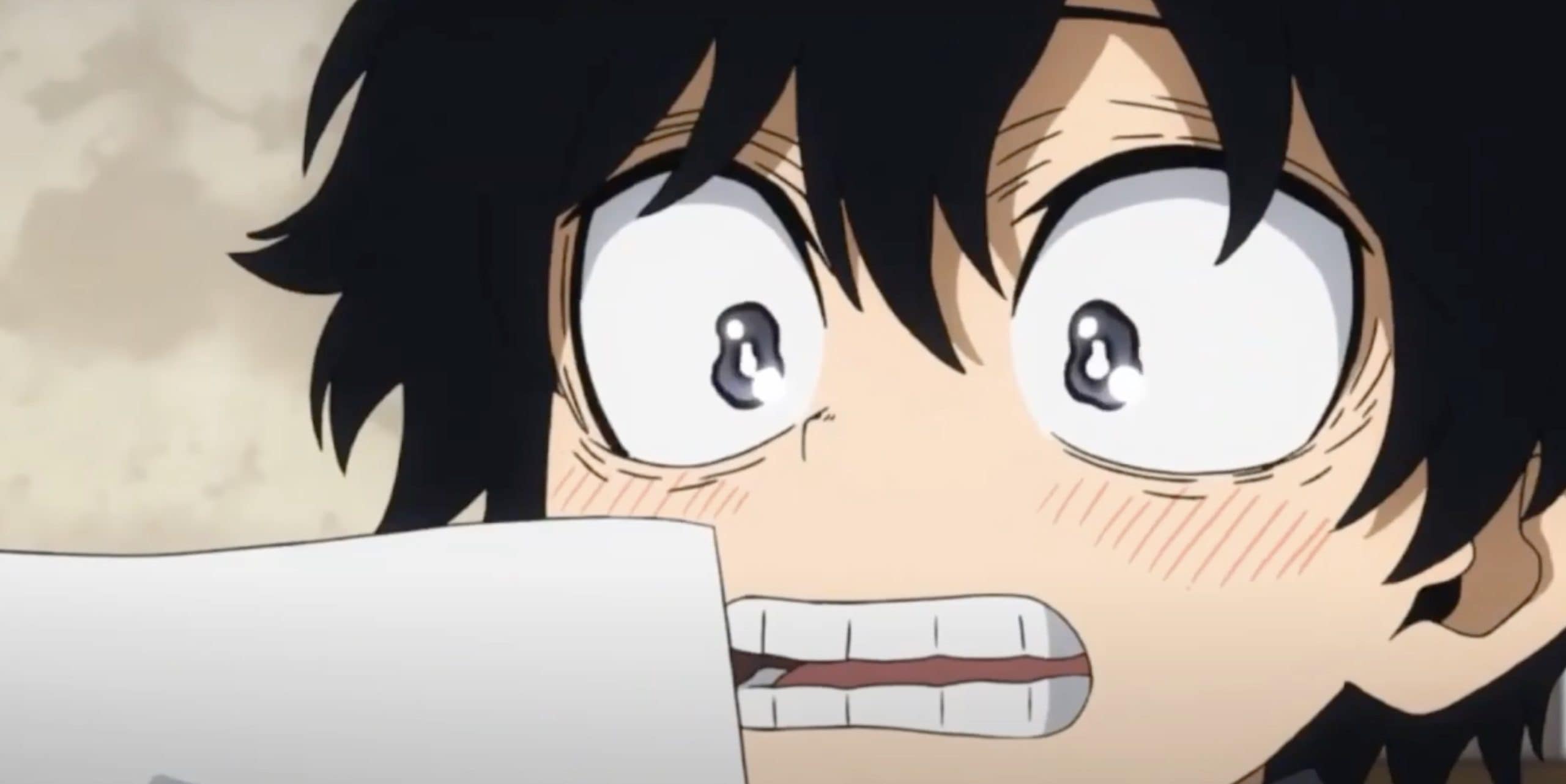
Unlike other long-running shonen anime like “Naruto” or “Bleach,” My Hero Academia has not experienced a significant decline in its fanbase during its nearly decade-long run.
While some fans may have displayed excessive enthusiasm throughout the series’ lifespan, this is a trait shared by anime fans across the board.
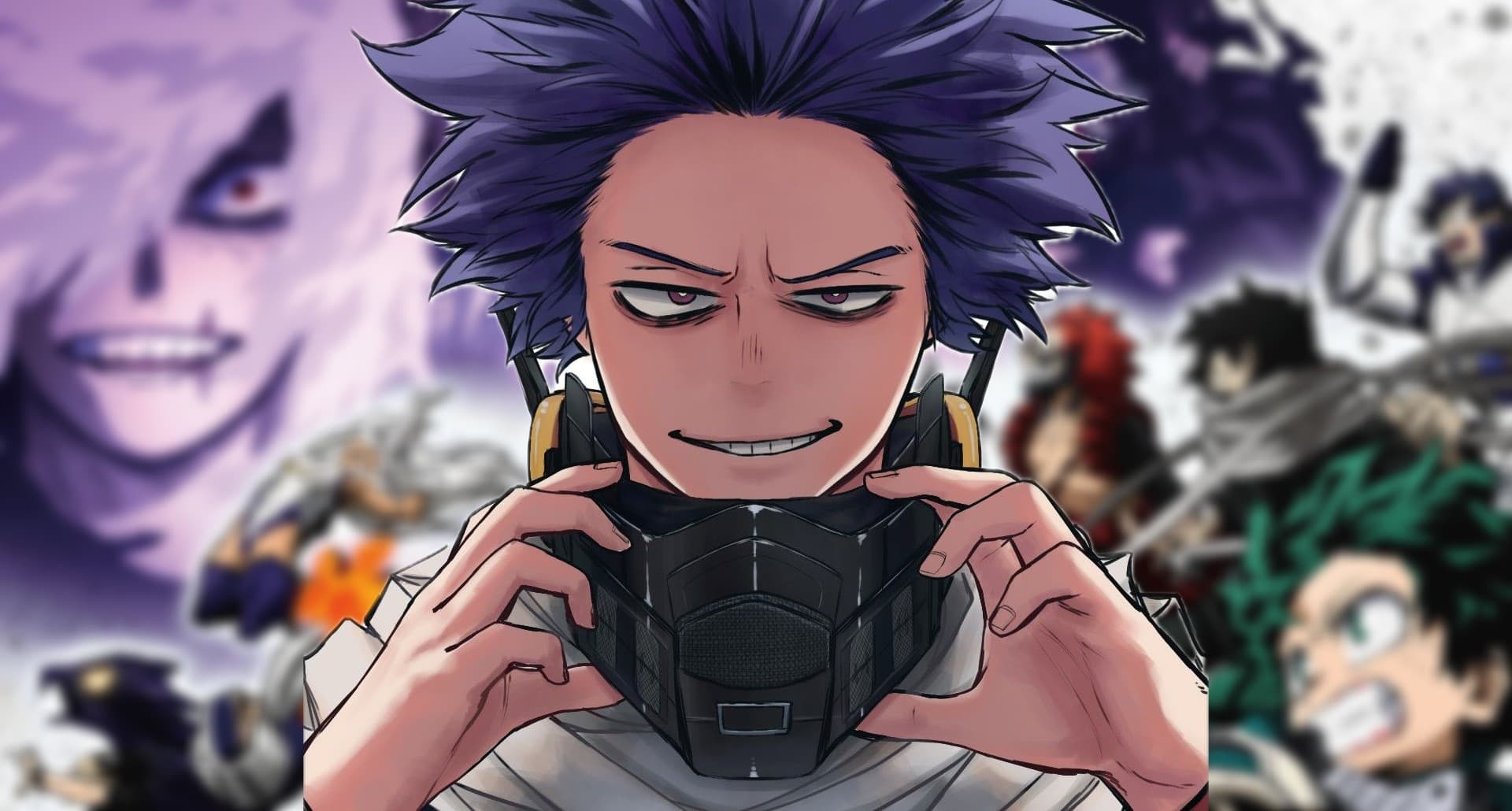
It would be an oversimplification to suggest that fandom can ruin shows for people, whether through toxicity or zeal, as this is a matter of perspective.
Often, the individuals who engage in such behavior represent a vocal but small minority of fans, whose presence is amplified by social media.
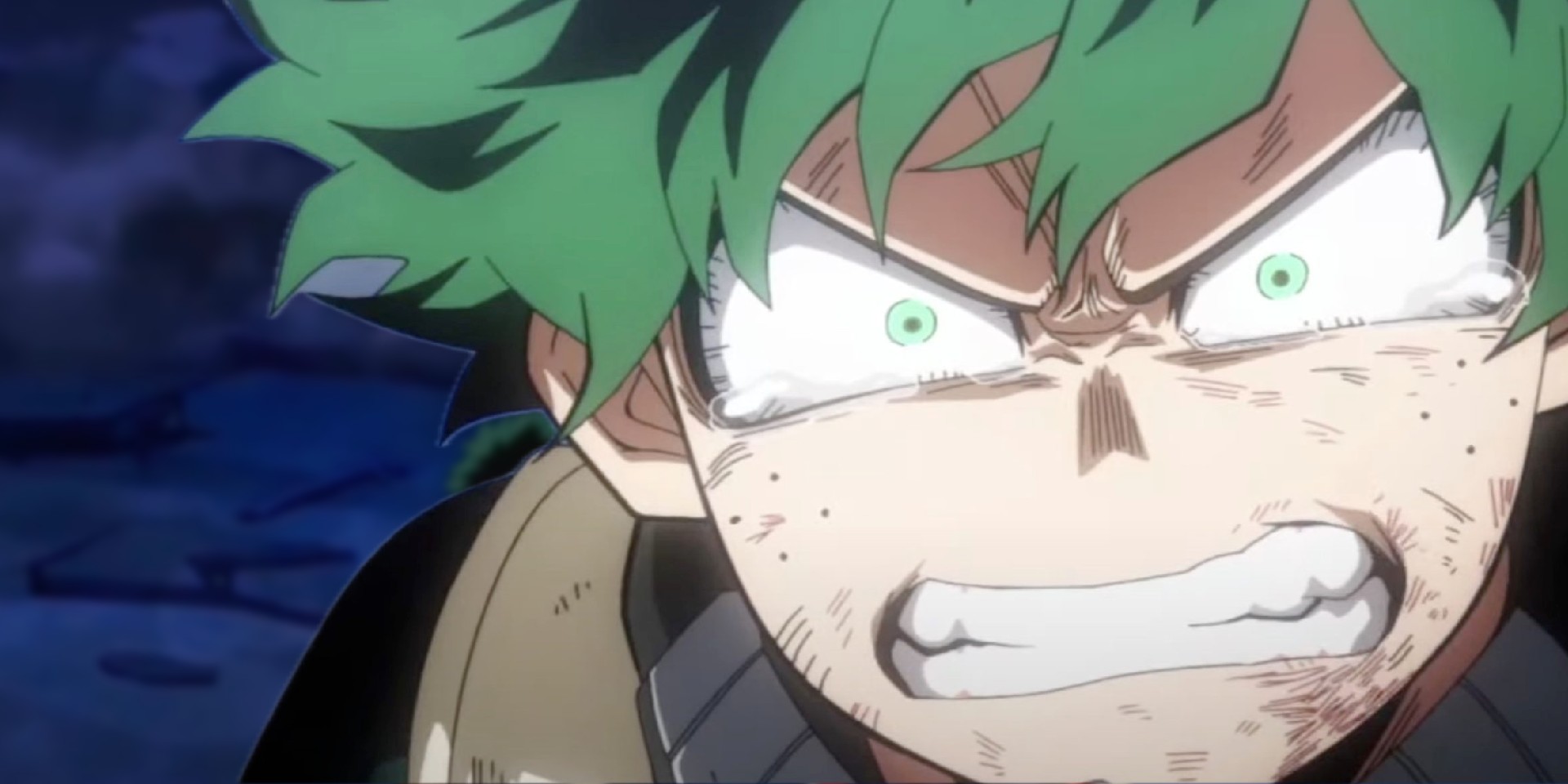
This phenomenon has occurred with numerous fanbases over the years as anime series progress or as more people engage with them through watching or creating derivative works.
Every fanbase has its share of problematic individuals, but no single fandom can be considered “the worst” any more than any other fandom can be deemed “the best,” as most fans enjoy the show quietly without generating noise on social media.
My Hero Academia Evolved The Shonen Genre
One of the key factors behind My Hero Academia’s success and widespread popularity is its role in the new wave of shonen anime that differentiated itself from its predecessors.

Alongside series like “Hunter x Hunter,” “JoJo’s Bizarre Adventure,” and “Black Clover,” “My Hero Academia” was among the many new shonen titles that broke the conventional mold.
The mold in question was previously established by the “Big Three” of “Naruto,” “Bleach,” and “One Piece,” as well as other popular anime such as “Dragon Ball.”
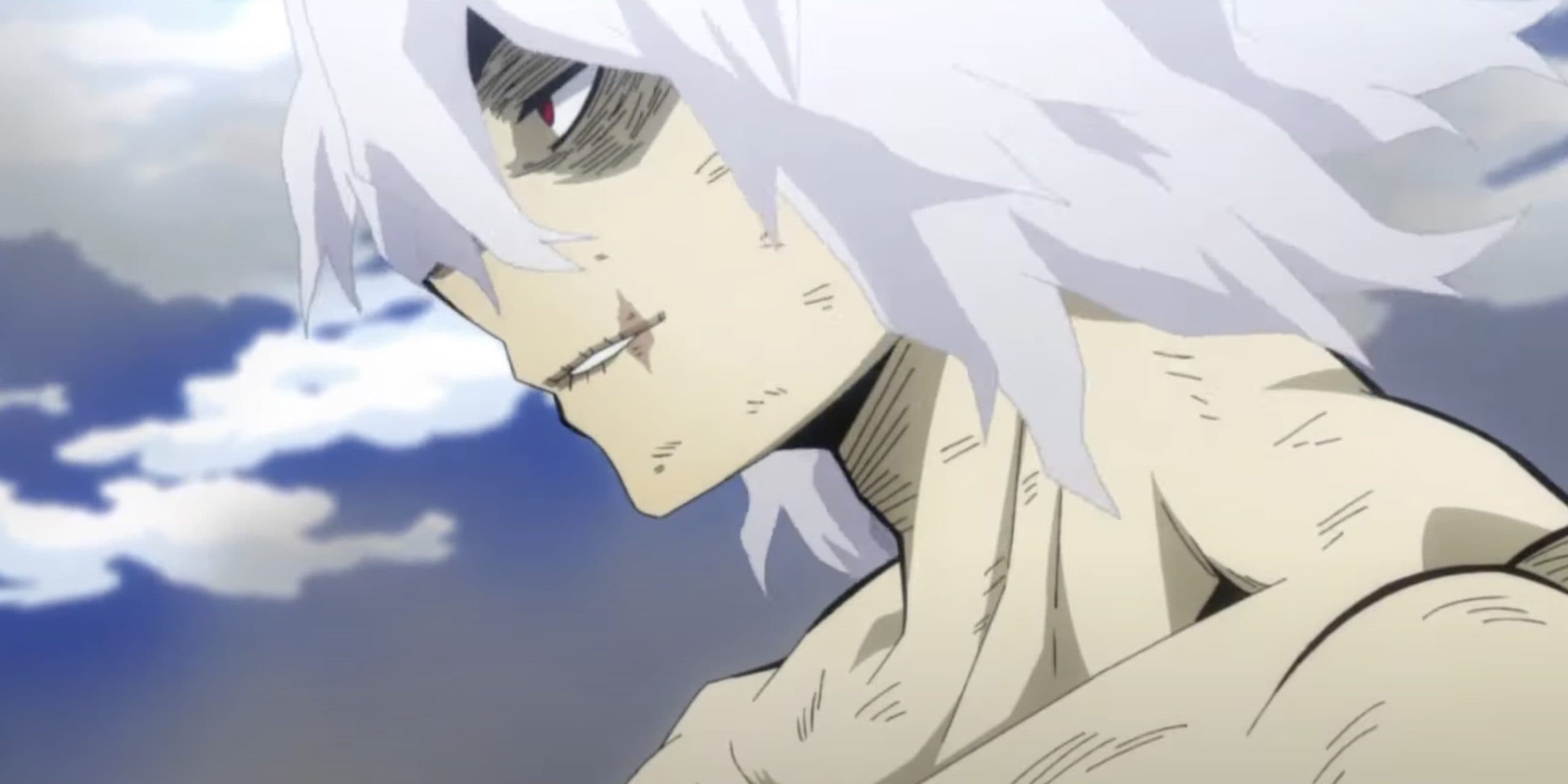
This included elements like entire filler arcs, single fight scenes spanning two to three episodes, multi-episode tournament arcs, and frequent mid-fight flashbacks, among other tropes that had come to typify shonen anime at the time.
While My Hero Academia has not entirely avoided some of these pitfalls, it was widely regarded as a turning point for the shonen genre.
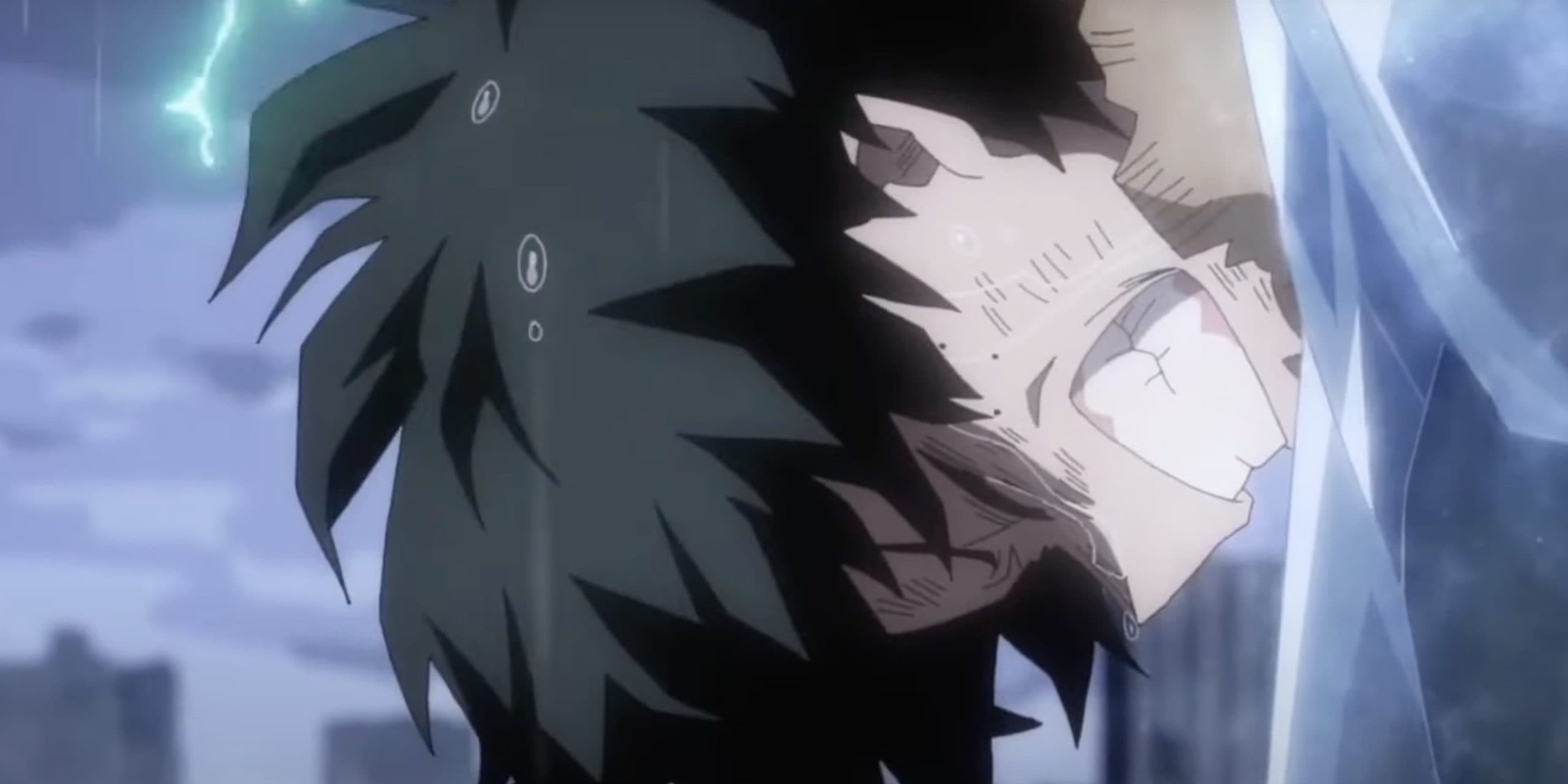
Fans no longer had to endure fight sequences that dragged on for more than an episode or two or suffer through extended periods of filler content that stalled narrative progression.
My Hero Academia earned the moniker “the deconstruction anime” for its deconstruction of particular shonen tropes, such as the traditional shonen rival or the portrayal of the hero’s self-sacrificial tendencies as an inherently positive trait.
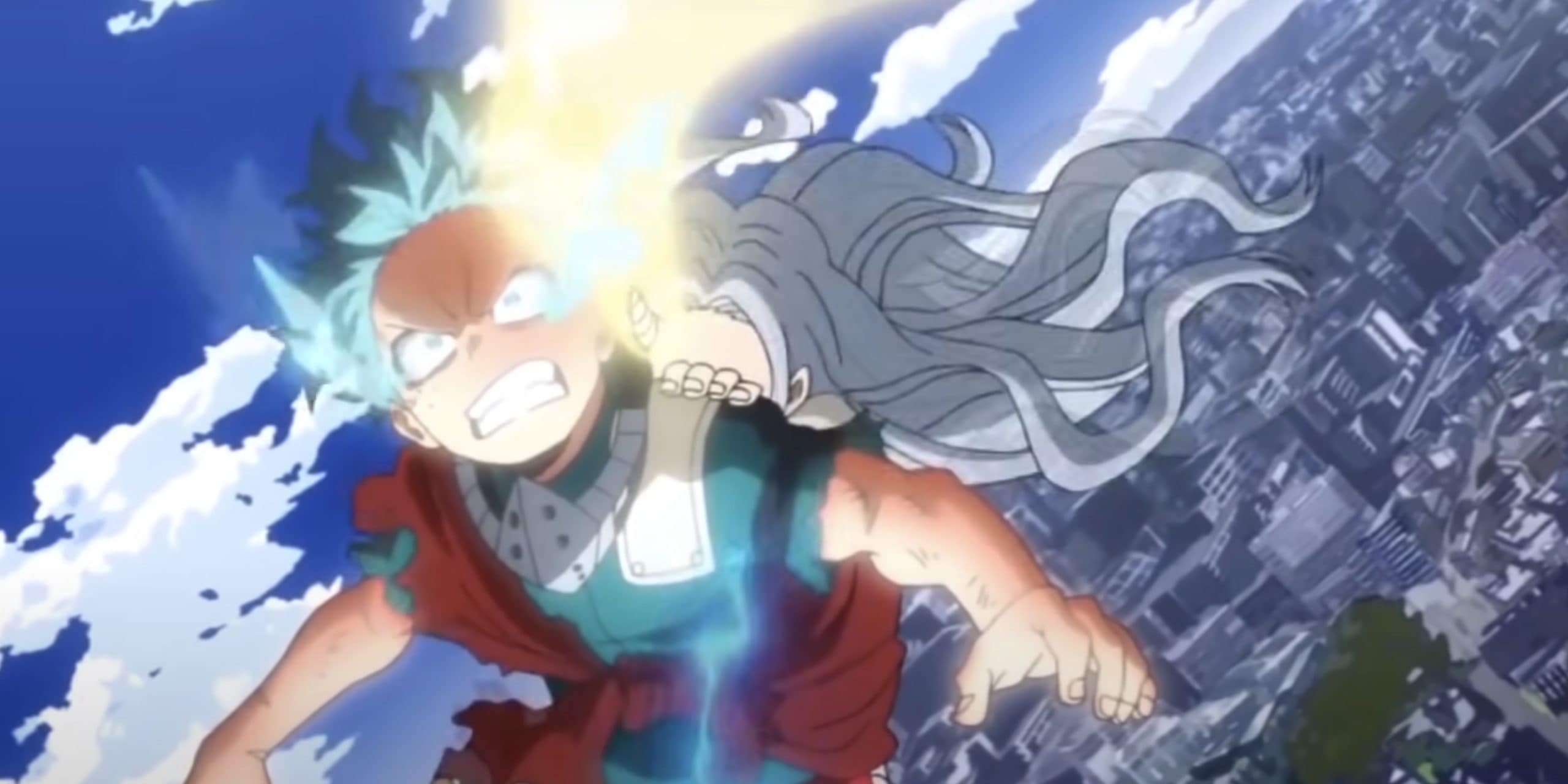
Unlike more well-established and renowned shonen rivals like Sasuke Uchiha or Vegeta, Bakugo, Deku’s counterpart, was never depicted as evil, never turned to villainy, and abandoned his rivalry with Deku much sooner than expected.
How My Hero Academia Started Losing Hype
Naturally, like any long-running series, My Hero Academia has experienced fluctuations in its popularity.

Similar to how “Attack on Titan’s” multiple-year hiatus caused many viewers to temporarily forget about the series, the emergence of different shows has led to My Hero Academia taking a back seat for numerous anime fans.
The rise of newer series, some of which fans dare to say are superior, such as “Demon Slayer,” “Jujutsu Kaisen,” “Vinland Saga,” and “Chainsaw Man,” stole the spotlight from My Hero Academia.
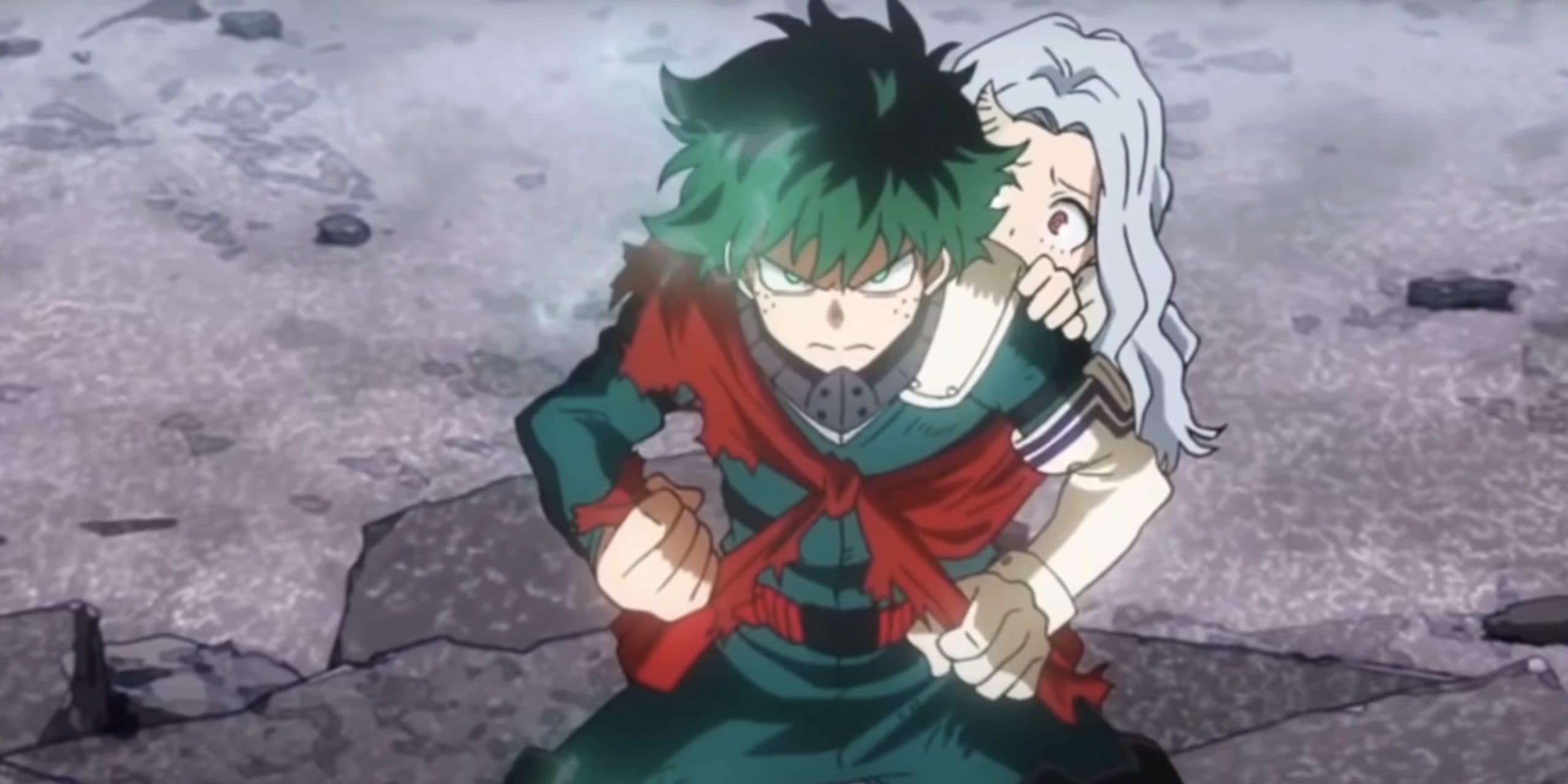
Additionally, there was a general sense of fatigue surrounding superhero media, particularly during 2022 and 2023, although this factor was not as significant as the attention garnered by other prominent shows.
These newer anime arrived with a bang, quickly attracting a substantial audience with their captivating action sequences and compelling storytelling that cut straight to the chase.
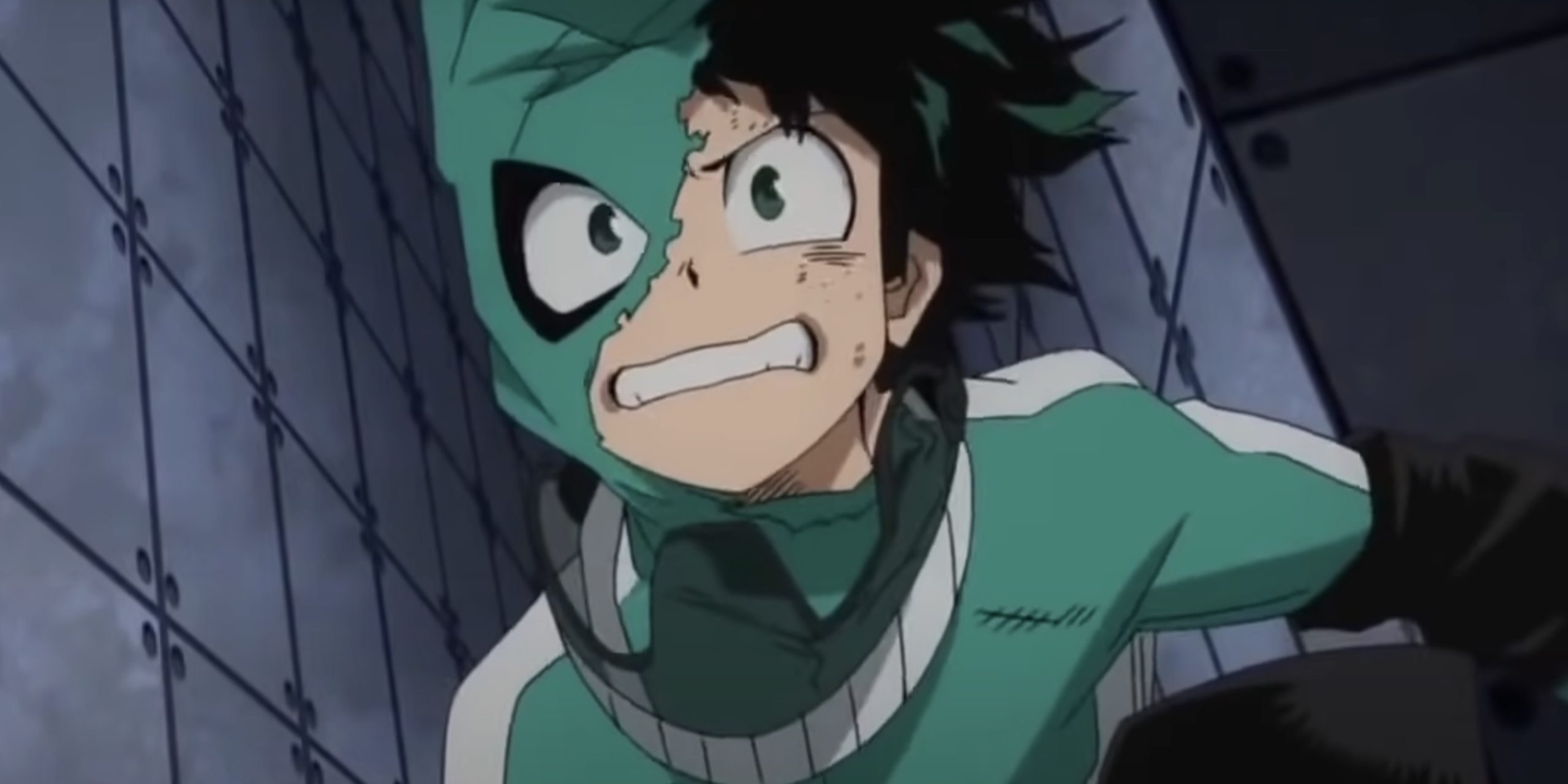
It’s worth noting that even immensely popular shows are not immune to the ever-changing tides of hype, as something fresh and exciting always emerges, such as “Oshi No Ko!,” “Spy x Family,” “Bocchi The Rock!,” “Dungeon Meshi,” “Solo Leveling,” and numerous other examples.
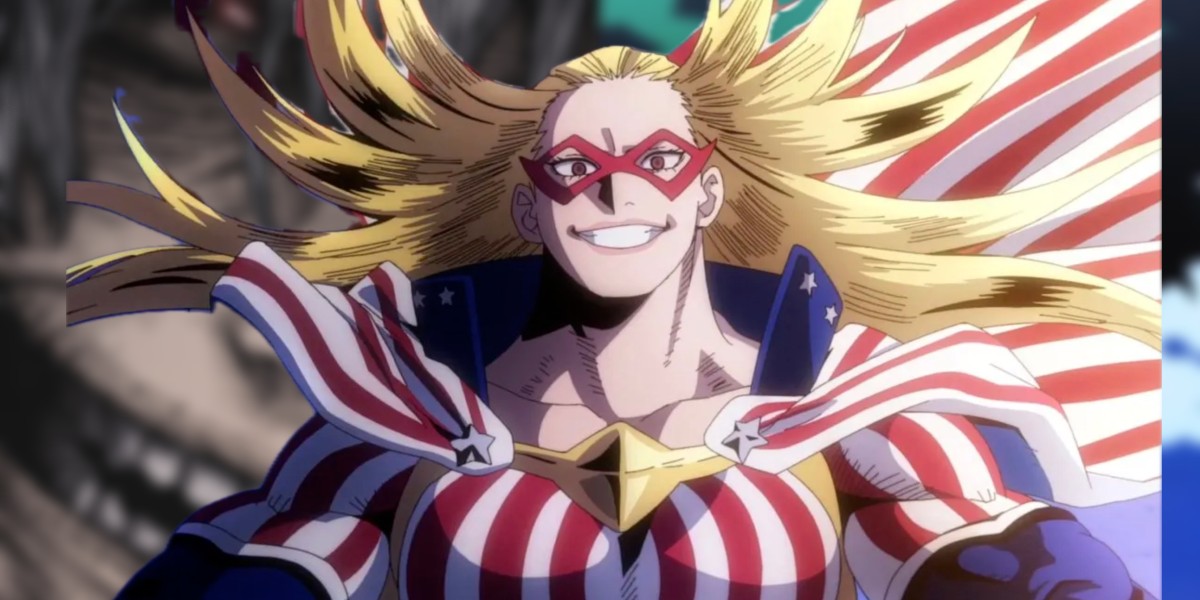
Meanwhile, the top 10 entries feature the final season of “Attack on Titan,” “Fullmetal Alchemist: Brotherhood,” and the highly acclaimed “Frieren: Beyond Journey’s End,” among other highly regarded series archived on the platform.
Criticisms and Controversies Surrounding My Hero Academia
As of the current time, My Hero Academia has managed to avoid any major controversies that could significantly undermine its popularity.
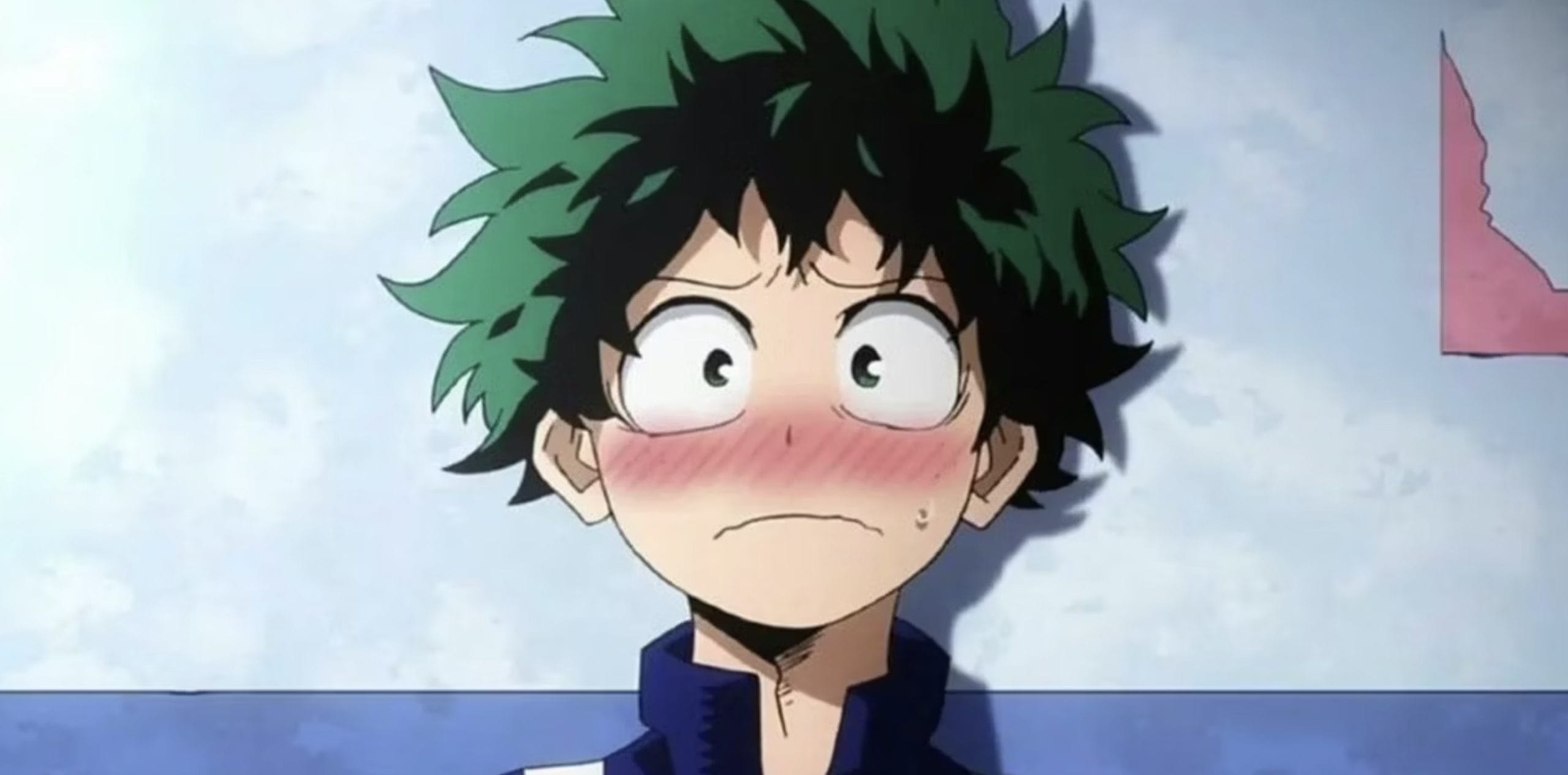
Unlike series such as “Attack on Titan,” which faced a substantial backlash over its divisive ending, or “Seven Deadly Sins” and “One Punch Man,” which experienced noticeable declines in animation quality during their second seasons, My Hero Academia has navigated its course without encountering any major controversies that could potentially tank its appeal.

While criticism from fans of all kinds is inevitable for any long-running series, the critiques leveled at My Hero Academia have not been severe enough to derail its success.

These critiques range from the portrayal of female characters to concerns about the final arc dragging on for too long. Such criticisms also extend to the broader issues surrounding the Japanese work culture and the well-being of the mangaka, Kohei Horikoshi, who must consistently produce new chapters on a weekly basis, often requiring breaks to maintain a sustainable pace.
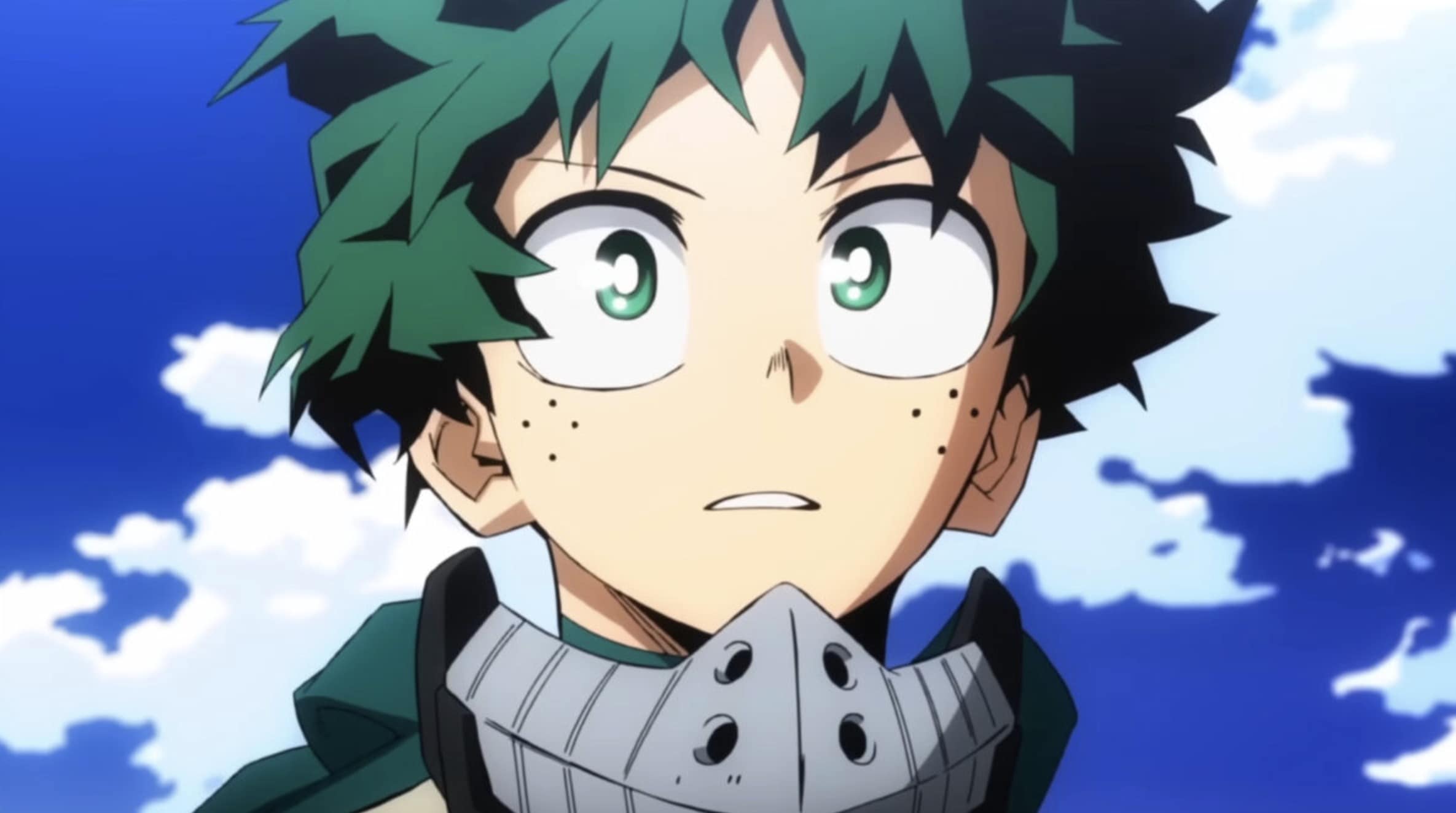
These are just a few examples of the criticisms that My Hero Academia has faced over its decade-long run. Other points of contention include the perception that the anime is overrated, the handling of the anime adaptation by Studio Bones, and the issue of censorship.
Some fans also initially disliked the character Bakugo, although this sentiment tends to dissipate over time.
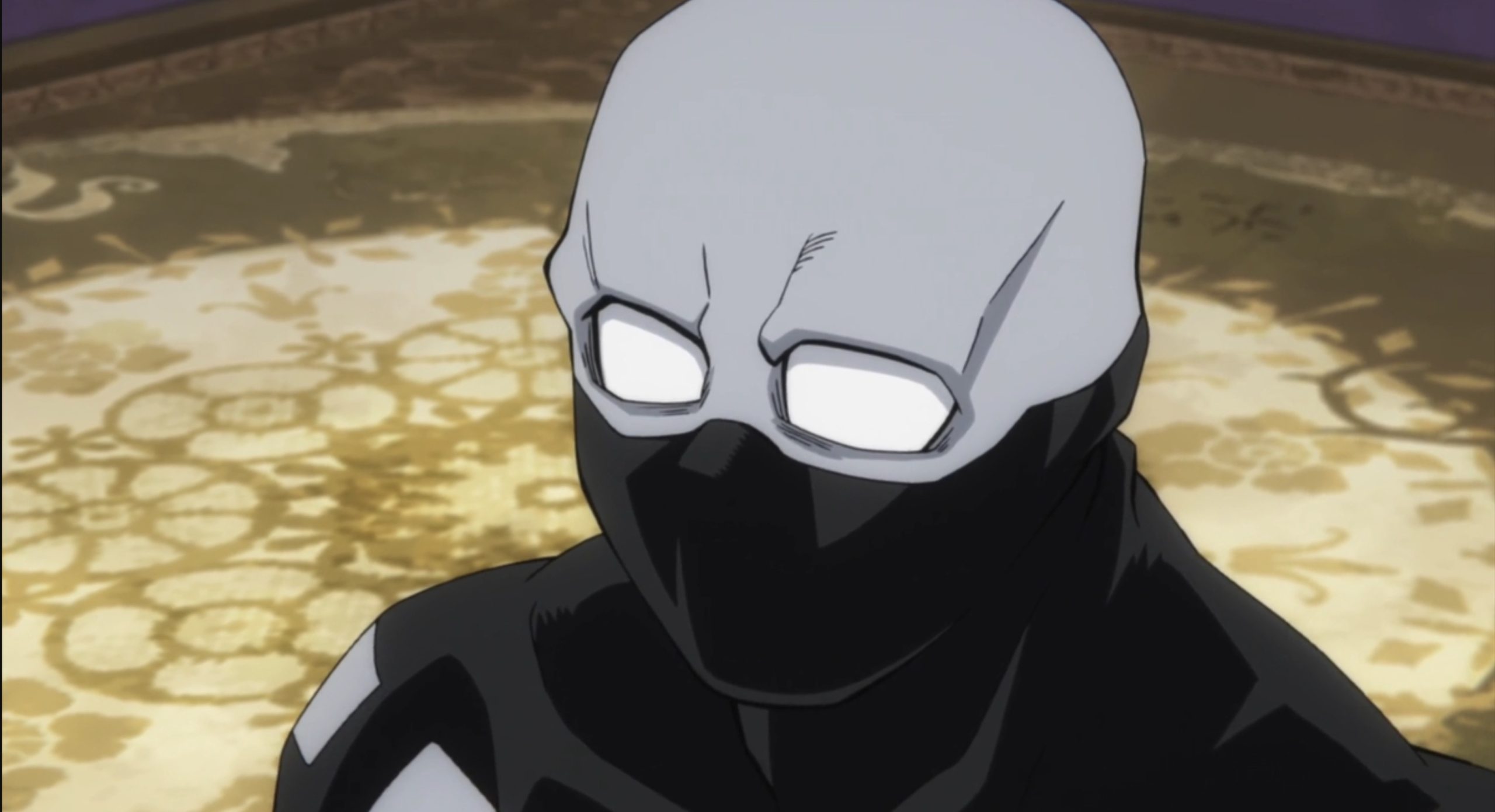
Despite these various critiques, there hasn’t been a singular issue or controversy substantial enough to cause a vast number of viewers to abandon the series outright.
Unlike “The Promised Neverland” season 2, which diverged significantly from the source material, My Hero Academia’s anime adaptation has remained largely faithful to the manga, with only minimal changes.
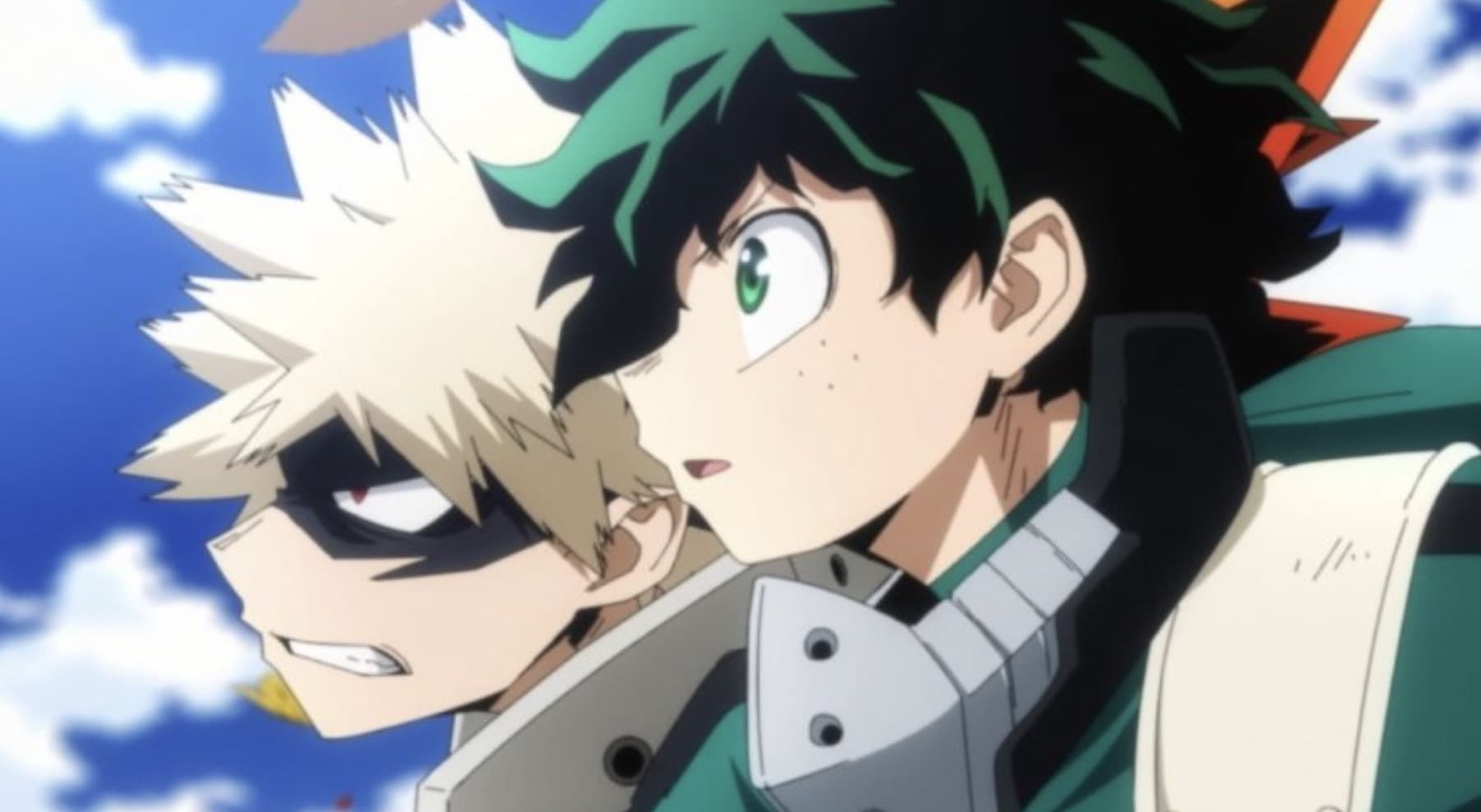
Furthermore, in contrast to “Attack on Titan,” the “My Hero Academia” manga has progressed at a reasonable pace, despite the author’s health concerns, and does not appear to be rushing towards a controversial or divisive conclusion.

